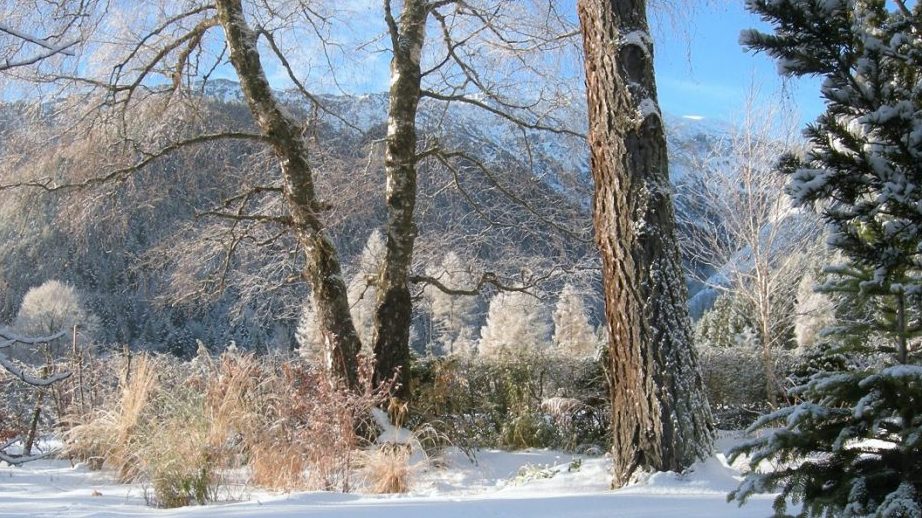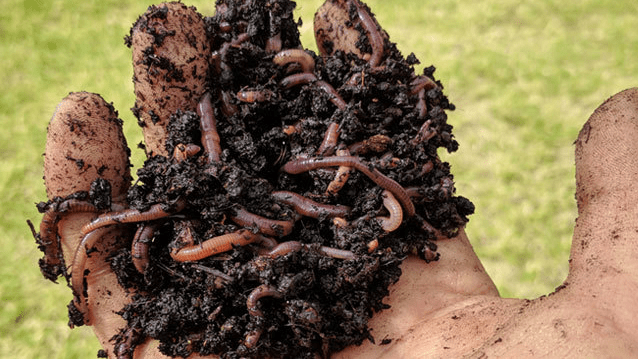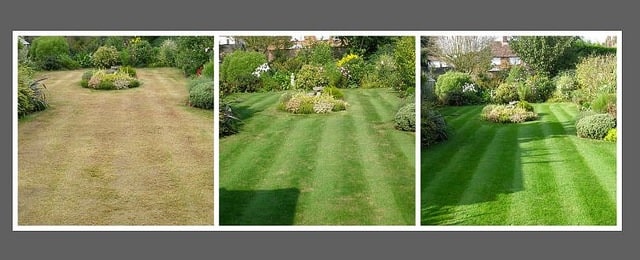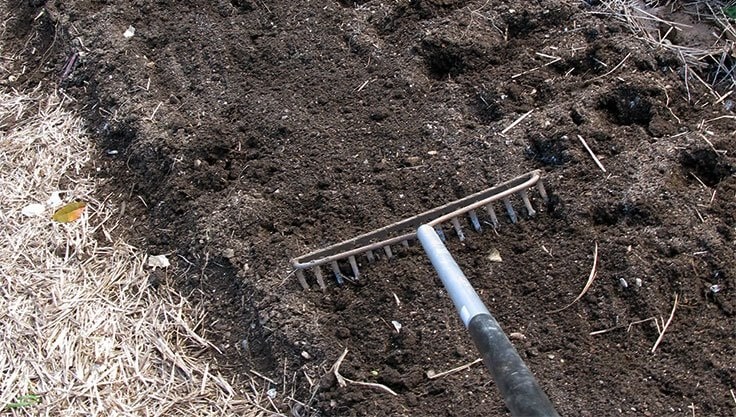While nature is in hibernation, the anticipation for spring begins to grow. In winter, garden work in Tyrol mostly comes to a halt, giving you plenty of time to plan your garden for the upcoming spring. Use this period of natural rest to think about potential changes in your garden. However, even in February, there are already a few preparations you can start.
Contents
Garden Planning
Now is the perfect time to start thinking about what to plant and where, as well as any changes you might want to make in your garden. Good garden planning is essential for achieving satisfying results. If you let your emotions or tempting offers at the garden center guide you, you may end up with many beautiful elements—but ones that don’t harmonize with each other.
Use the stillness of winter as a chance to assess your garden’s layout and performance from the past year. Consider:
- What plants thrived, and which ones struggled?
- Were there areas that felt overcrowded or underused?
- Is it time to introduce raised beds, new borders, or a small greenhouse?
Make sketches or digital layouts of your garden and plan crop rotations, companion planting, and any hardscape changes. Early planning avoids springtime stress and ensures better results.
Pruning
Winter is ideal for pruning deciduous trees and shrubs, especially fruit trees like apples, pears, cherries, and plums. Pruning during dormancy helps shape the plant, promotes healthy growth, and encourages a bountiful harvest. Always prune on dry, frost-free days to reduce the risk of disease entering fresh cuts.
Don’t forget to remove dead or damaged branches from ornamental shrubs as well. This not only improves the appearance but also strengthens the plant.
Many gardens in Tyrol feature fruit trees, especially apple and pear trees, though apricot and cherry trees are also popular. Since February often brings temperature fluctuations, you should paint the bark of your trees with a lime wash to protect them from cracking.
If you didn’t prune your trees in autumn, late winter is the perfect time to do it. Just make sure to choose a frost-free, dry day. This is an ideal time: the trees are still dormant, but the growth phase is approaching, and wound healing will soon begin. Pruning now ensures abundant blossoms and fruit in the coming season.
If you harvested and stored vegetables like carrots, potatoes, or onions in autumn, winter is the time to inspect them regularly. Remove any produce that shows signs of rot to prevent it from spoiling the rest.
Likewise, check stored bulbs like dahlias or gladiolus to ensure they remain firm and healthy. Discard any that show mold or soft spots.
Watch Out for Snow Mold!
Yes, snow can actually mold! If the snow has already melted from your lawn, be sure to remove any fallen leaves, as they can rot and damage the grass underneath by spring.
Snow mold can develop not only under a snow layer but also during cold, damp weather. Unfortunately, there’s not much you can do about the grey patches right now. Just wait for spring and reseed the affected areas when the weather improves.
Mulch garden beds to protect soil structure and prevent erosion. A thick layer of organic mulch like bark, straw, or leaves insulates plant roots and supports beneficial soil organisms.
Cover delicate plants with fleece or cloches to protect them from frost damage.
Wrap young trees or shrubs with burlap or garden fleece, especially in areas exposed to harsh winds.
Winter Bloomers
Think nothing blooms in winter? Not true! As soon as your garden is snow-free, it can show color even in winter!
- Winter jasmine can be planted now—it blooms as long as temperatures stay above freezing.
- Winter heath is another great option. It stays in full bloom for a long time and brings vibrant color to the winter garden with its pink, white, or red blossoms. It’s low maintenance, and a light pruning after flowering keeps it healthy and vigorous.
Preparing Garden Beds
On frost-free and snow-free days, you can already start preparing your beds. Cover them with a thin layer of compost and some manure—this is the best fertilizer to restore nutrients to the soil.
You can also begin laying out your beds and marking them off. Make your garden more lively by creating asymmetrical bed designs. It takes a bit of courage, but the results will amaze you!
Winter is the perfect time for cleaning and maintaining your garden tools. Sharpen blades, oil wooden handles, and check for rust or wear. Well-maintained tools make spring work much easier and more enjoyable.
Tip: If you have power tools like lawnmowers or trimmers, give them a service or get them professionally checked so they’re ready to go in spring.
Feed the Wildlife
Winter is tough for birds and beneficial insects. Help them by:
- Setting up bird feeders with seeds and fat balls.
- Providing fresh water (break the ice daily if needed).
- Leaving some areas of the garden wild, with seed heads and fallen leaves for insects and shelter.
A garden full of wildlife creates a balanced ecosystem and keeps pests under control in warmer months.
Start Seeds Indoors
Late winter is a good time to start hardy seeds indoors, such as onions, leeks, or early tomatoes. Using a sunny windowsill or grow light setup, you can get a head start on the growing season and enjoy earlier harvests.










